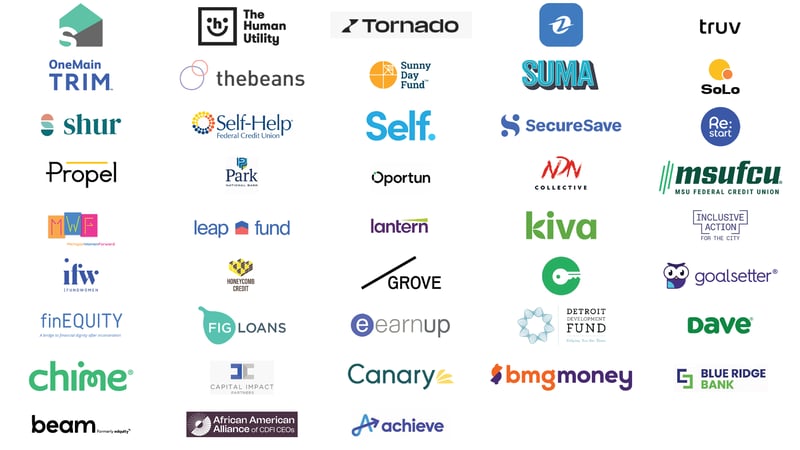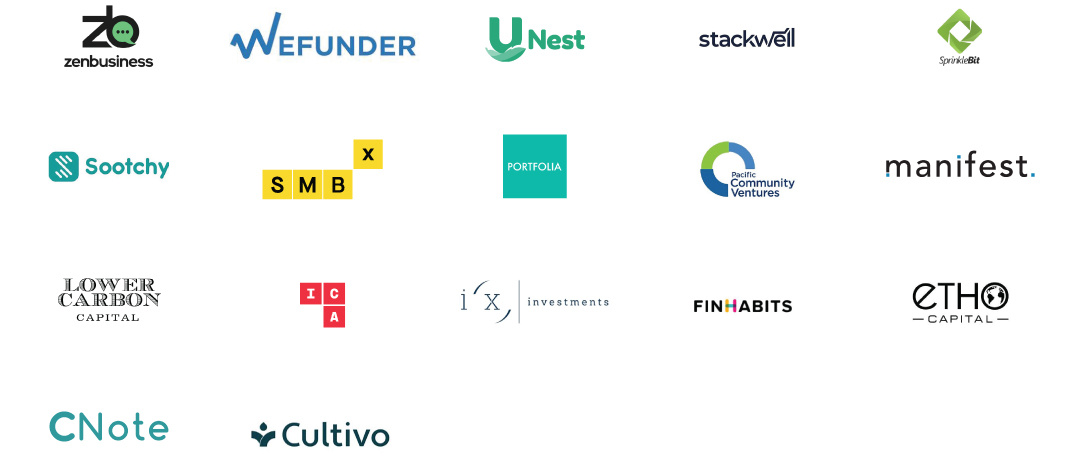Fintech Solutions That Drive Personal Financial Success
Market Segments
Mapping the Market
Based on our research, we classify the fintech market into three categories:
- Foundational tools designed to help people meet their immediate financial needs
- Stabilizing platforms that people can use to meet medium-term goals
- Wealth-building solutions that people can use to prepare for retirement and accumulate generational wealth
Foundational Tools
Tools that enable workers to take care of their immediate day-to-day financial needs. These include readily accessible savings accounts and other emergency financial supports, as well as services and resources providing financial education and advising. People who are unbanked and underbanked could use these solutions to open savings accounts, seek no-interest loans, and manage household budgets. These tools may also benefit people who are in the earlier phases of their financial journeys, like recent immigrants or students. People who don’t have access to meaningful tools with this type of functionality can find themselves caught in vicious cycles, some turning to predatory service providers like payday lenders—options that put additional strains on their already limited financial flexibility and cash flow.
- An opportunity: Tools in this segment address consumers’ most immediate priorities, meaning they’re likely to generate a lot of interest among early adopters.
- A challenge: Consumers in need of these tools are likely to be experiencing financial insecurity, meaning there are limited opportunities for fintechs to realize immediate profits from sales of these tools.
This graphic offers a look at the organizations offering foundational tools.

Stabilizing Platforms
Tools that help people set and meet medium-term life and financial goals. These include debt management services and resources that people can tap into to manage larger expenses. More financially secure workers are likely to seek out and use the solutions in this category, which include platforms that connect users with mortgage providers and enable them to open high-yield savings accounts and college savings plans. These tools empower people to build a foundation of financial security for themselves and their families.
- An opportunity: Solutions in this segment provide greater opportunity in direct-to-consumer models, but profitability is dependent on the success of long-term financial strategies.
- A challenge: These solutions may involve large debt offerings that require complex underwriting, capitalization, and due diligence, so providers must navigate highly regulated markets.
This graphic offers a look at the organizations offering stabilizing platforms.

Wealth-Building Solutions
Tools that help workers build long-term wealth in preparation for retirement and the transfer of funds and other assets to future generations. People use the products and services in this category to make investments in stock and equity, plan for retirement, and establish trusts that enable wealth to transfer to inheritors. Insights gleaned from our focus groups indicate that there will be demand for these types of solutions. Many participants cited a desire to retire early, but many are also still taking care of shorter-term financial priorities like paying down credit card debt and saving for a first home.
- An opportunity: Few tools in this category are designed to meet the needs of people who currently have low-to-moderate incomes, indicating that there’s some potential for market growth.
- A challenge: Companies in this category must take longer-term paths to customer acquisition and profits—a reality that is at odds with the expectations of many investors providing startup funding who are looking for near-term growth and profits.
This graphic offers a look at the organizations offering wealth-building solutions.

Notes on Segmentation
Workers won’t always progress through these stages of financial maturity in a linear fashion based on milestones related to age, education, or other fixed attributes. Rather, everyone's journey is personal and requires customized attention, knowledge, support, and services.
How We Selected Our Innovators to Watch
JFF reviewed 1,176 organizations that offer tech-driven financial products or services with a particular focus on developing solutions designed to help people with low and moderate incomes achieve personal financial success. These companies’ offerings fall into these six areas:
- Community investments / peer lending
- Credit building
- Debt management
- Employer-provided benefits/emergency savings accounts (ESA) / public benefits
- Investing
- Clean energy banking and finance
To analyze the impact of these offerings, we refined our evaluation criteria based on companies that show promise for impact, equity, and scale in the following ways:
- Impact: As we vetted the companies, we looked for solutions that lead to demonstrated improvements in financial well-being for individual users in less than a year.
- Equity: We looked for solutions that effectively serve our target populations (people who are underbanked and workers with low-to-moderate incomes, for example) without employing predatory practices—such as charging high interest rates on short-term loans.
- Scale: We sought to highlight solutions based on models that not only work today but also have potential to evolve and scale to meet the ever-changing needs of broad populations of people.
What’s Not Included
We intentionally did not include companies and organizations focused on the following:
- Conventional financial literacy programming
- Business-to-business services focused on providing digital interfaces and operational systems to financial institutions
- Web3 and crypto
- Human resources information systems or payroll processing products
In addition, we excluded established tech companies and large financial institutions with their own fintech offerings so we could focus on solutions that have the potential to grow as they gain traction in the market and attract additional investment. And finally, we excluded potentially predatory services, including consumer-oriented fintech players offering payday loans at sub-prime interest rates and those with business models built on buy-now, pay-later arrangements.
Learn More About the Innovators to Watch
Download the report to read profiles of 10 organizations that are leading the way.



